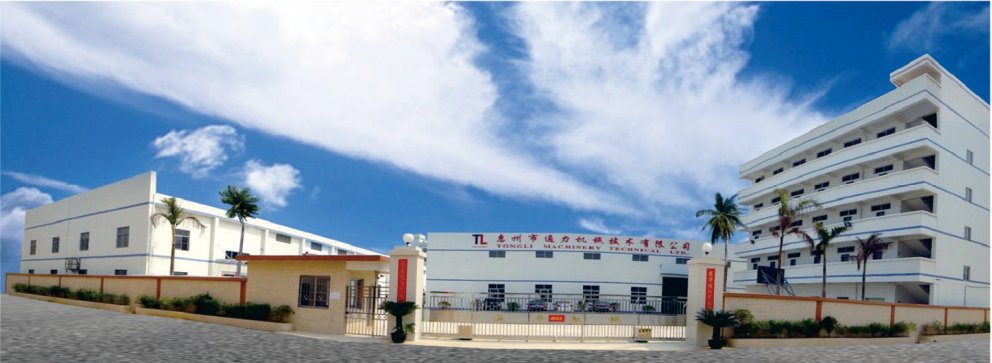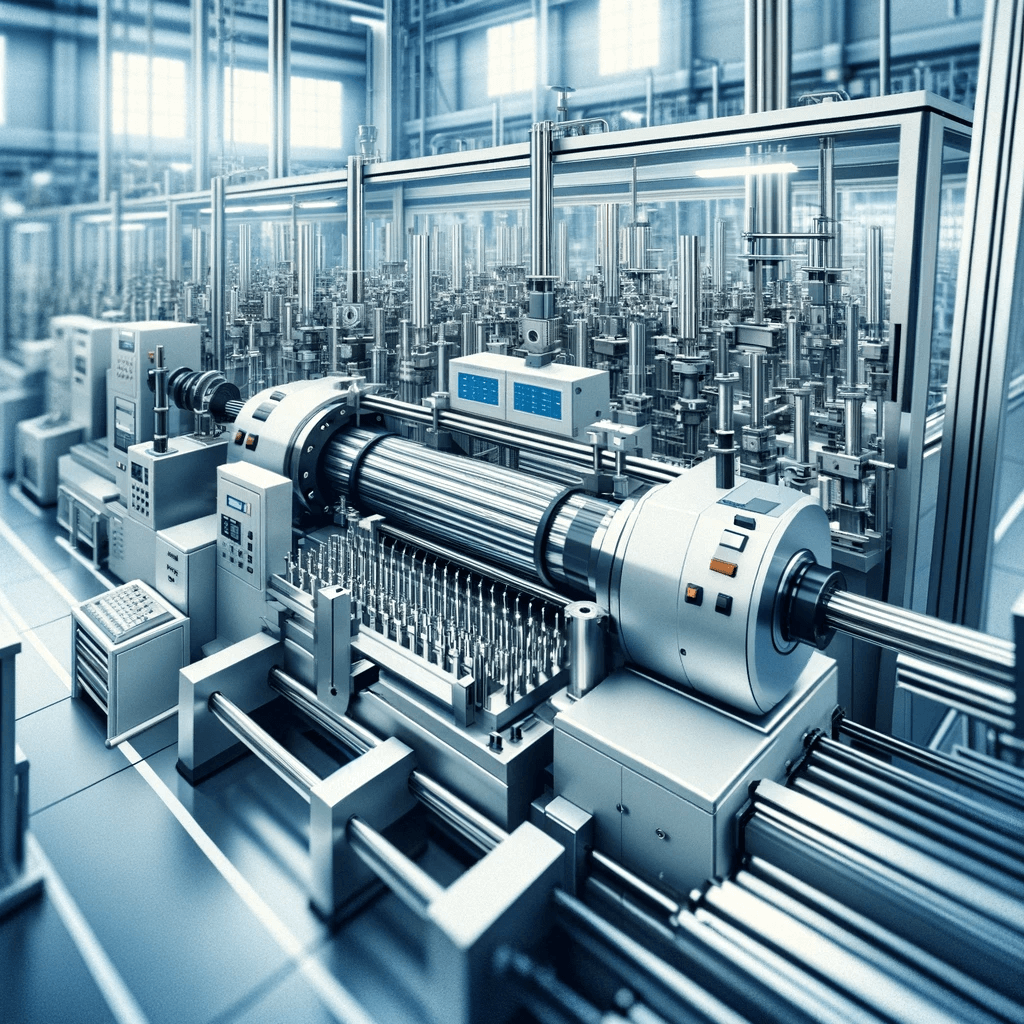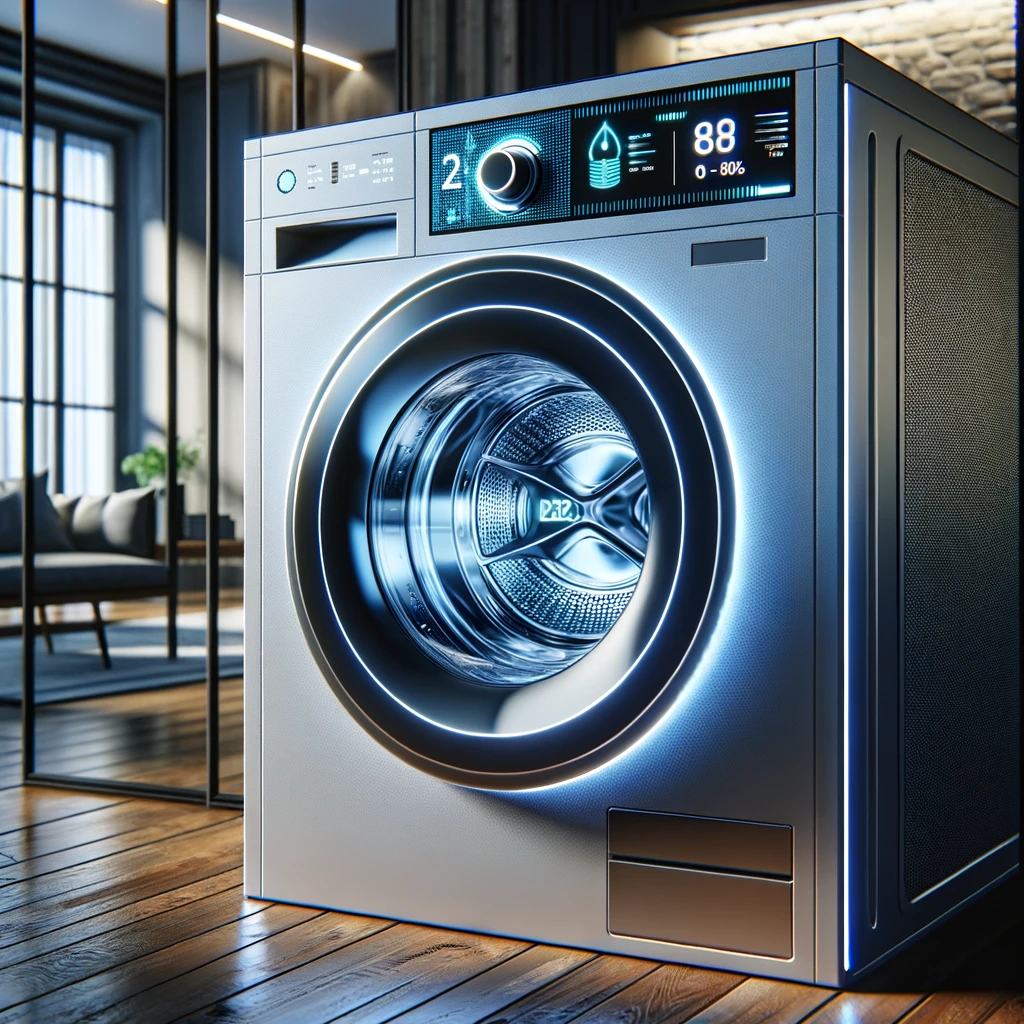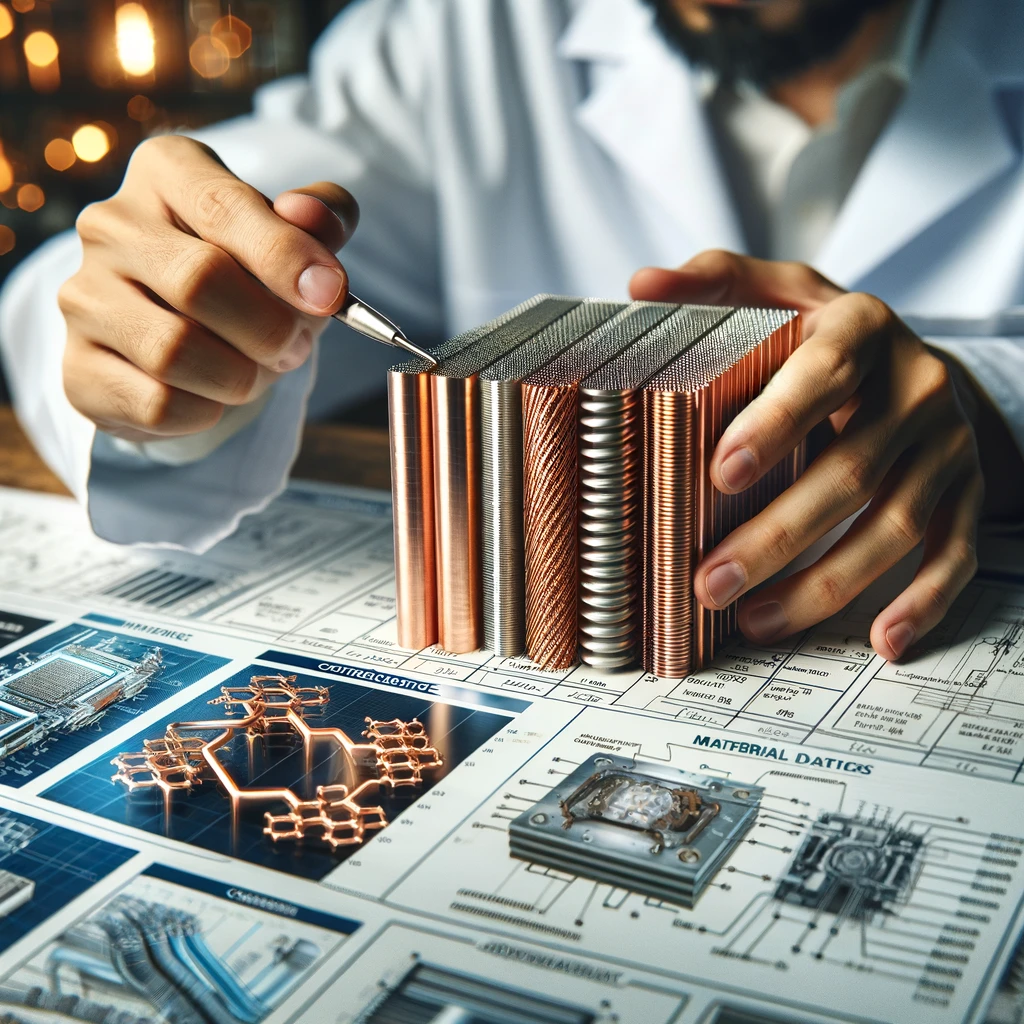In the production process of heating tubes, the making of resistance wire is a key step, as the resistance wire is the core component of the heating tube, determining its heating performance and lifespan. Below are some of the technical challenges encountered during the production of resistance wire and detailed explanations:
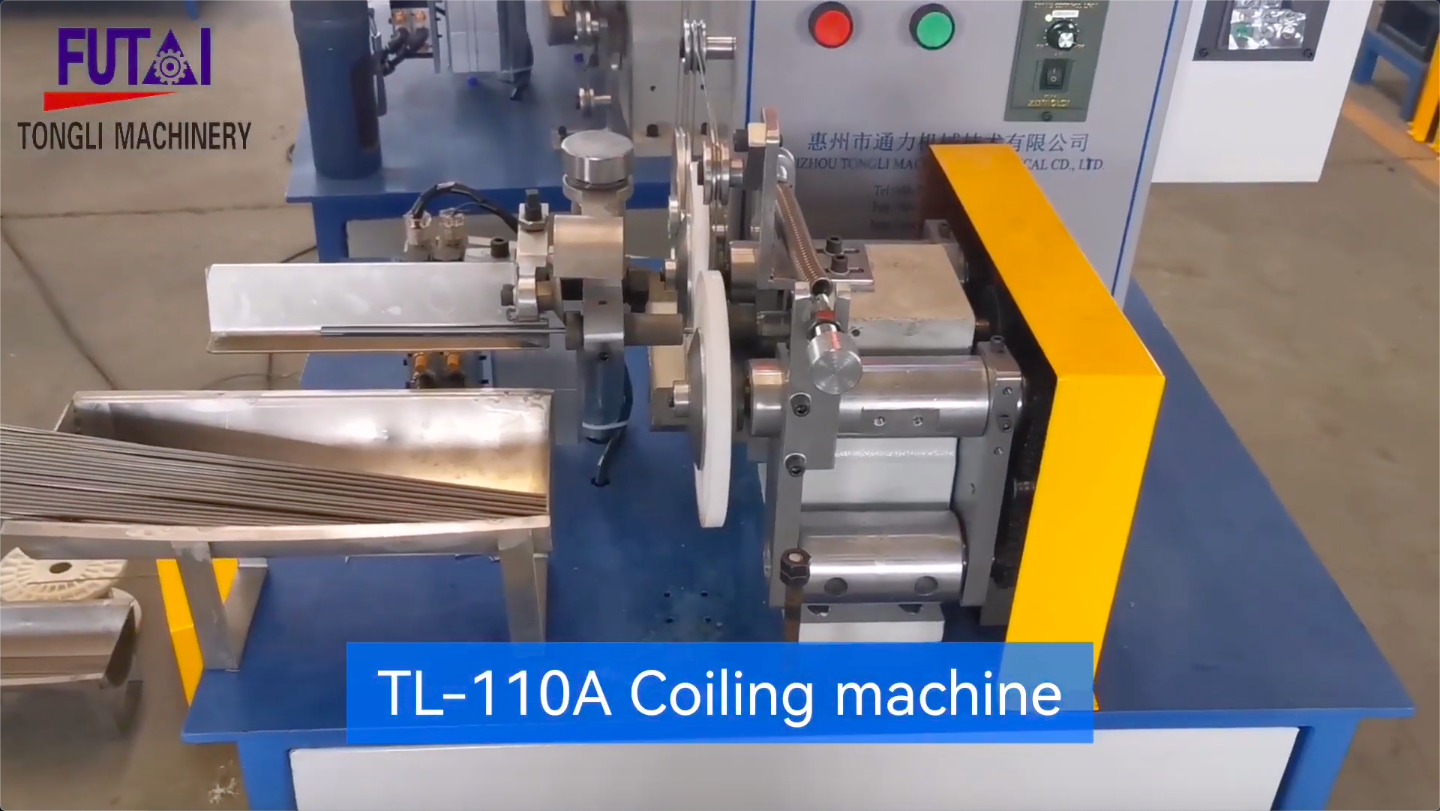
- Control of Resistance Wire Diameter:
– The diameter of the resistance wire must be precisely controlled because it directly affects the resistance value and the power of the heating tube. A diameter that is too large or too small will affect the heating efficiency and lifespan of the heating tube. Precision wire drawing equipment is usually required to ensure the consistency of the resistance wire diameter.
- Winding of Resistance Wire:
– When winding the resistance wire into a spiral shape, uniform spacing and tension must be maintained. Uneven winding can lead to uneven heat distribution, thus affecting the heating performance and lifespan of the heating tube. This typically requires a specialized winding machine and a precise control system to monitor the winding process.
- Heat Treatment of Resistance Wire:
– After winding, the resistance wire usually requires heat treatment to release the stress generated during winding and to improve its microstructure, thereby enhancing its mechanical strength and ductility. The temperature and duration of heat treatment need to be precisely controlled to ensure the performance of the resistance wire.
- Surface Treatment of Resistance Wire:
– The surface quality of the resistance wire is also very important, as any defects can become hot spots, leading to premature failure of the heating tube. Surface treatment may include polishing, plating, etc., to reduce oxidation and corrosion. However, the use of high-quality automatic winding machines, such as the FUTAI Machinery TL-110A model, can ensure a smooth, burr-free cut when cutting the resistance wire, meaning that the wire requires no further surface treatment before being used in the production of heating tubes.
- Testing and Quality Control of Resistance Wire:
– The completed resistance wire must undergo rigorous testing, including resistance value testing and tensile strength testing, to ensure that each batch of resistance wire meets the specified standards. Quality control is a key link in ensuring the reliability of the heating tube.
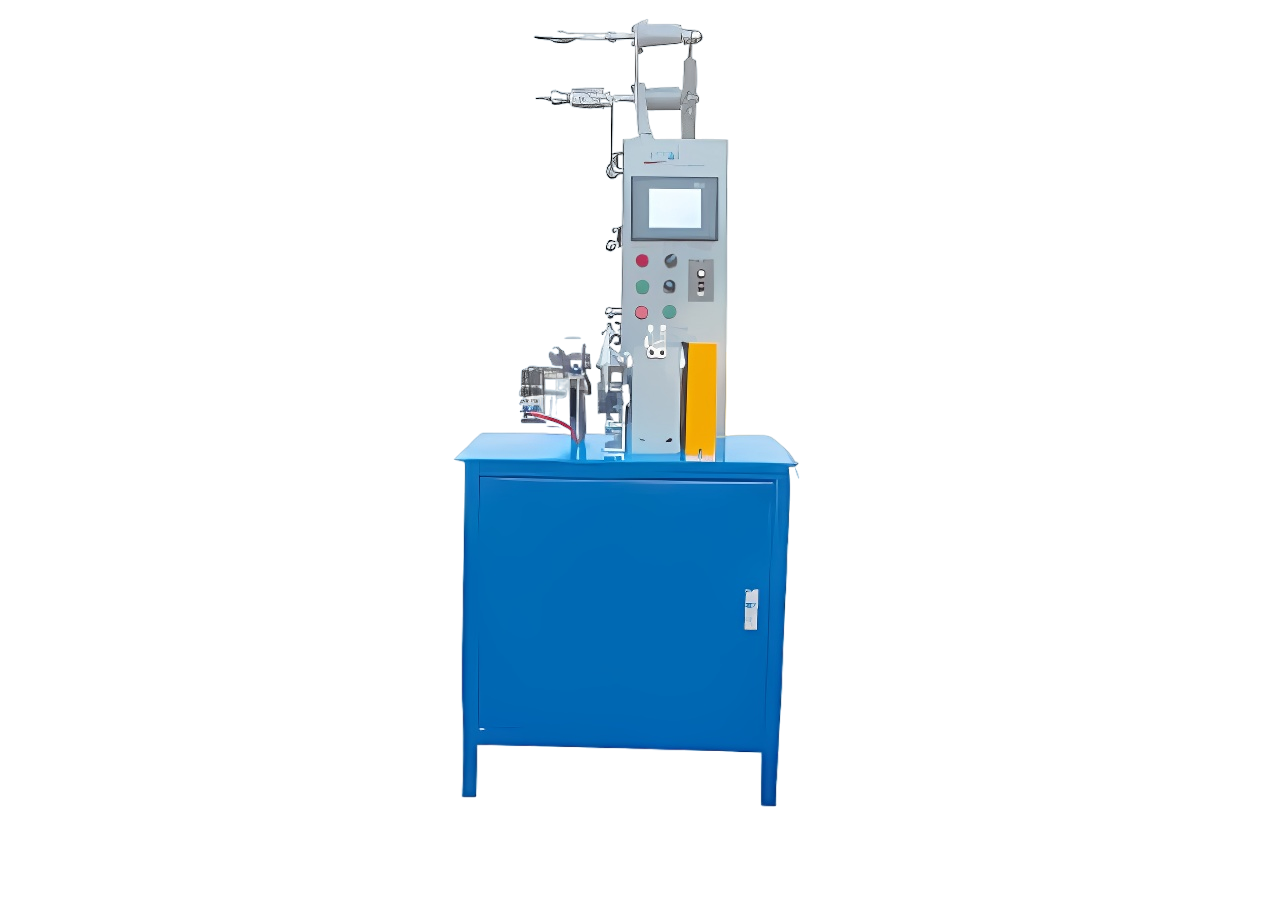
Using an automatic winding machine like the FUTAI TL-110A not only improves the production efficiency and quality of resistance wire but also simplifies the production process. The TL-110A model automatic winding machine features precise control over the tension and spacing of the winding, ensuring uniform winding of the resistance wire, thereby achieving uniform heat distribution. Its high efficiency and burr-free cutting feature reduce production steps, enabling heating tube manufacturers to produce high-quality products more efficiently and economically.
